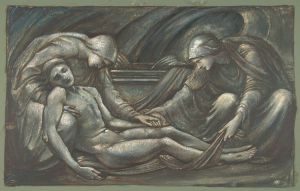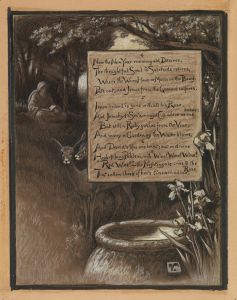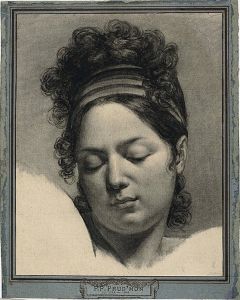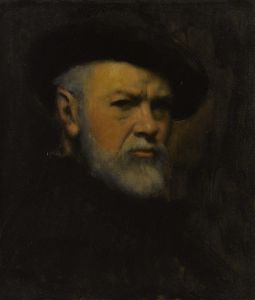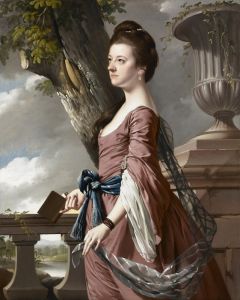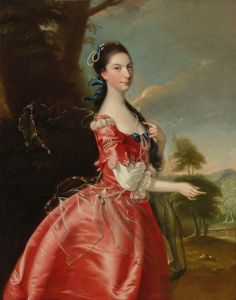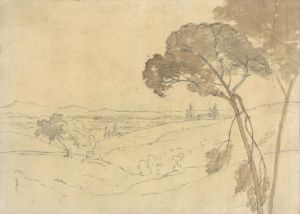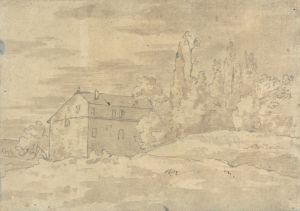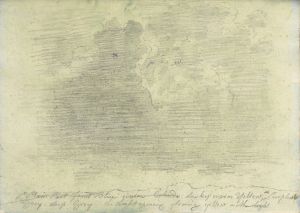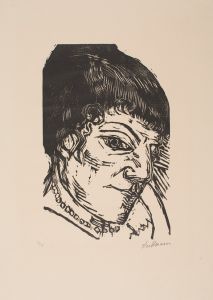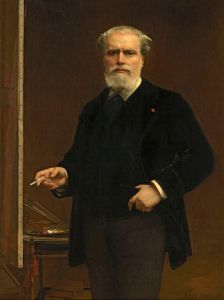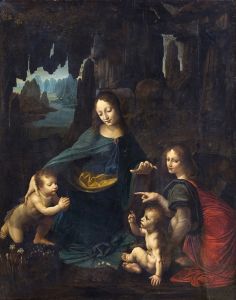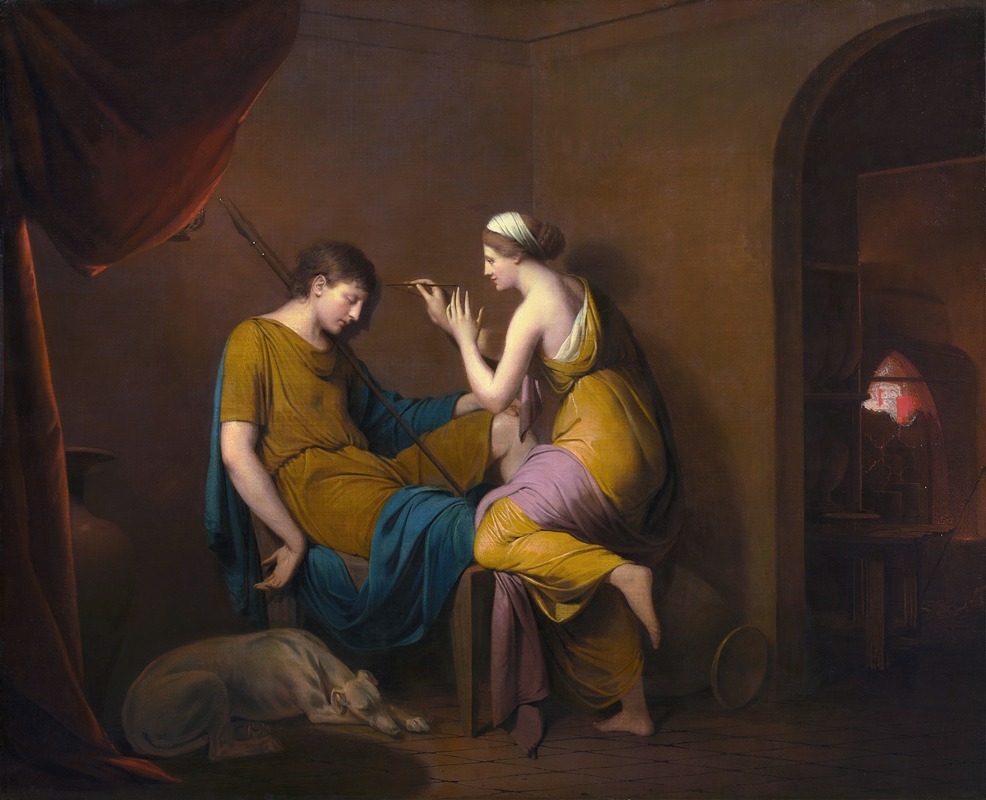
The Corinthian Maid
A hand-painted replica of Joseph Wright of Derby’s masterpiece The Corinthian Maid, meticulously crafted by professional artists to capture the true essence of the original. Each piece is created with museum-quality canvas and rare mineral pigments, carefully painted by experienced artists with delicate brushstrokes and rich, layered colors to perfectly recreate the texture of the original artwork. Unlike machine-printed reproductions, this hand-painted version brings the painting to life, infused with the artist’s emotions and skill in every stroke. Whether for personal collection or home decoration, it instantly elevates the artistic atmosphere of any space.
"The Corinthian Maid" is an oil painting created by the English artist Joseph Wright of Derby in 1782-1785. This artwork is also known as "The Origin of Painting" and is one of Wright's notable works that explores themes of light, shadow, and storytelling. The painting is inspired by a story recounted by the ancient Roman author Pliny the Elder in his encyclopedic work Natural History. According to Pliny, the origin of painting can be traced to a Corinthian maid who, upon seeing the shadow of her lover cast on a wall by lamplight, traced the outline to preserve his image before he departed.
In Wright's depiction, the scene is set in a darkened interior illuminated by a single light source, a hallmark of his dramatic use of chiaroscuro. The composition features the Corinthian maid seated beside her lover, who is asleep or resting. She is shown carefully tracing the outline of his shadow on the wall, capturing the moment of artistic creation. The interplay of light and shadow in the painting emphasizes the intimacy of the scene and highlights the act of drawing as a profound and emotional gesture.
Joseph Wright of Derby was known for his interest in scientific and philosophical themes, as well as his ability to convey the emotional depth of his subjects. "The Corinthian Maid" reflects his fascination with the origins of art and the human impulse to create and preserve. The painting also aligns with the 18th-century Enlightenment ideals, which celebrated reason, creativity, and the pursuit of knowledge.
The painting is currently housed in the National Gallery of Art in Washington, D.C., where it remains an important example of Wright's work and his exploration of historical and mythological themes.





